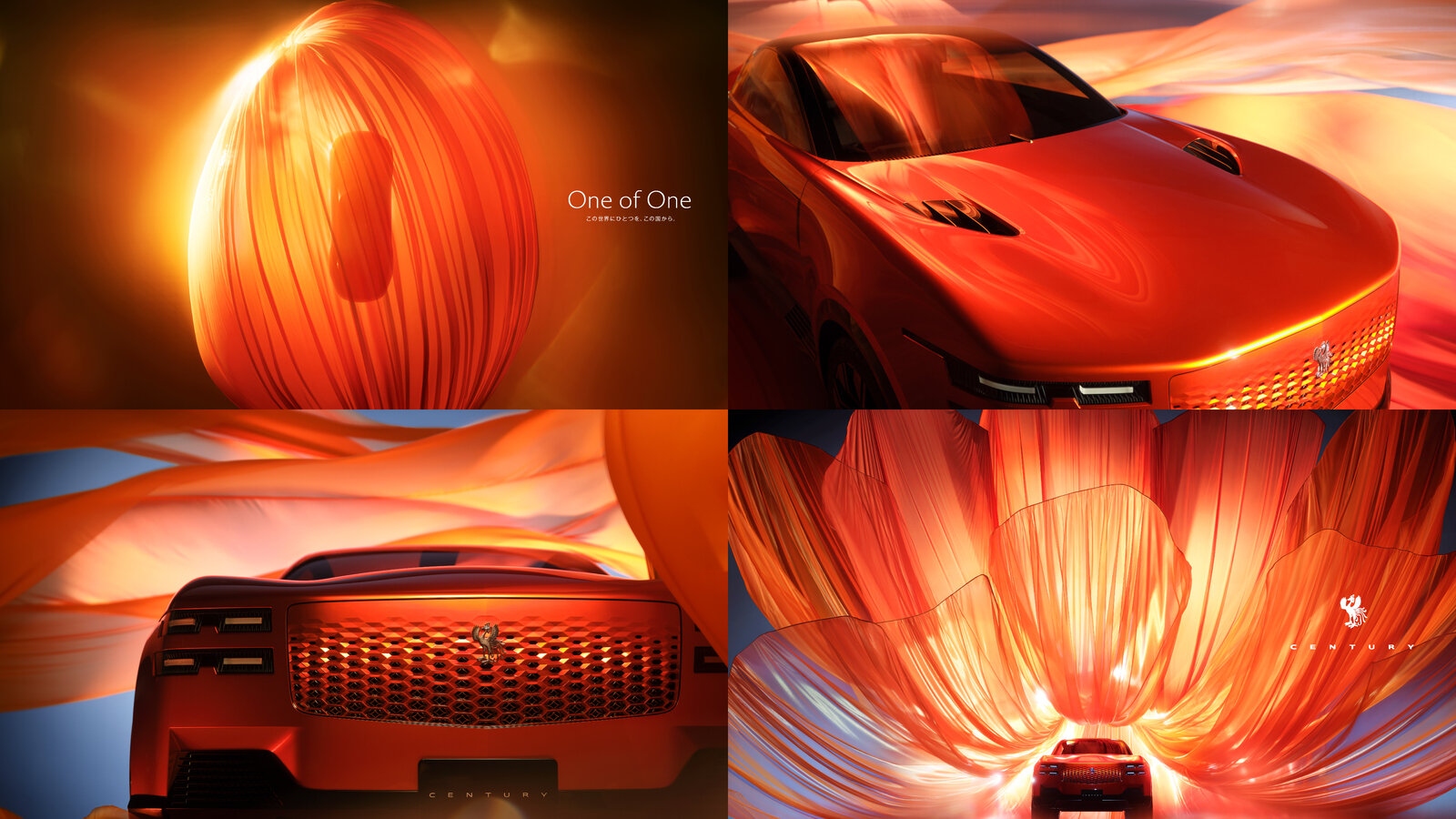Toyota has officially launched Century as its standalone ultra-luxury brand, positioned firmly above Lexus. This definitive strategic move creates a clear luxury hierarchy: Toyota (mass-market) $\rightarrow$ Lexus (premium & innovation-focused) $\rightarrow$ Century (handcrafted ultra-luxury). For the Indian market, this signals the potential arrival of bespoke, low-volume models designed to compete with marques like Rolls-Royce and Bentley.
The shift also coincides with India’s luxury market, which is projected to grow significantly, potentially reaching $85 billion by 2030, making it a crucial target for global ultra-luxury players.
Why Toyota Is Making This Definitive Move
Toyota’s decision to spin off the Century nameplate into its own brand is a response to evolving global luxury consumer behaviour and a push for clearer brand positioning, led by Toyota Chairman Akio Toyoda.
- Brand Clarity and Hierarchy: The Century nameplate, a Japanese executive car revered since its 1967 debut, was historically tied to Toyota, even with its own unique Phoenix emblem. By establishing Century as a brand above Lexus, Toyota creates a logical and defined premium structure, distinguishing the two:
- Lexus: Free to be more innovation-driven, creative, and performance-focused, pursuing new segments (like its recent concept for a six-wheel minivan).
- Century: Focused entirely on master craftsmanship, bespoke commissions, and “One of One” exclusivity, directly challenging established ultra-luxury rivals.
- Global Ambition and Market Differentiation: While the Century sedan was largely Japan-exclusive, the brand’s first SUV model, launched in 2023, was explicitly designed for global markets. Elevating Century to a standalone marque strengthens Toyota’s global luxury footprint, allowing it to compete for the “top of the top” buyer who seeks maximum exclusivity, not just a premium badge upgrade.
What the New Century Ultra-Luxury Brand Looks Like

The details from Toyota’s recent announcements confirm the ultra-luxury positioning:
- Marque Identity: The stand-alone entity uses the “Century” nameplate and its traditional Phoenix emblem as its brand identity, positioned above the Lexus ‘L’ logo.
- Model Strategy: Models will be low-volume, highly crafted vehicles, emphasizing serenity, traditional Japanese aesthetics (known as Omotenashi, or wholehearted hospitality), and bespoke personalization.
- Product Lineup: The current Century lineup includes the traditional sedan and the new Century SUV (launched in 2023). Concepts, such as the Century “One of One” coupe-SUV, showcase the brand’s willingness to pursue unconventional, highly exclusive body styles.
- Manufacturing: The vehicles are hand-assembled at the Higashi-Fuji factory in Japan, with meticulous attention to detail and traditional craftsmanship (e.g., paint workers learning traditional lacquerware production techniques).
Implications for India’s Luxury Car Buyers
The launch of Century is particularly relevant for the growing Indian luxury segment:
- Expanding Ultra-Luxury Choices: India’s luxury market is robust. Reports suggest the market was valued at approximately $18 billion in 2025 and is projected to surge to $85 billion by 2030. This makes the country a critical destination for new, elite brands. The Century brand will offer a fresh, highly exclusive Japanese alternative to European ultra-luxury brands.
- Clearer Differentiation in Purchase Decisions:
- Lexus: Will appeal to the self-driven premium buyer seeking performance, innovative hybrid/electric technology, and modern luxury (e.g., IS, ES, RX, LX).
- Century: Will cater to the chauffeur-driven ultra-high-net-worth individual (UHNWI) seeking unparalleled rear-seat comfort, bespoke design, and maximum exclusivity.
- Service & Exclusivity: As a top-tier brand, Century’s entry will necessitate an ultra-exclusive sales and service experience tailored for UHNWIs—a key factor for Indian buyers who prioritize after-sales depth and personalized attention.
Challenges and Key Considerations for the Indian Market
The success of Century in India will hinge on navigating specific local challenges:
- Indian Luxury Car Taxation & Import Duties) The pricing of Century models will be severely impacted by India’s tax structure, especially since they will be imported. According to the recent GST reforms, ultra-luxury cars and larger hybrids (exceeding small-car engine or length thresholds) are now placed under a consolidated 40% GST slab (up from the previous combination of 28% GST + a 15-22% cess, which could equal a higher or similar overall rate depending on the exact cess). Additionally, imported cars attract high Basic Customs Duty (BCD) and IGST calculated on the combined value, making them significantly more expensive than locally assembled rivals. The brand must justify this premium through unrivaled exclusivity.
- Market Positioning & Volume: Ultra-luxury cars are low-volume by design. The brand must strike a balance: maintaining exclusivity while establishing a meaningful sales and service network in key metro cities.
- Local Relevance: While the global strategy is clear, translating the Century’s unique Japanese craftsmanship and Omotenashi philosophy to the specific expectations and usage patterns of Indian UHNWIs will be a major test.
Final Thoughts
Toyota’s decision to launch the Century brand above Lexus is a major strategic recalibration that acknowledges the sophisticated and stratified nature of the modern global luxury market. For Indian luxury buyers, it introduces a unique, handcrafted, and ultra-exclusive option backed by Toyota’s reputation for engineering and reliability.
The key metric for success will be the brand’s ability to navigate high import taxation and deliver a bespoke ownership experience that justifies its position at the very peak of the luxury automotive pyramid.
📌 Stay connected with Motozite for updates on the new Century ultra-luxury brand’s India entry, launch models, pricing hints, and how this definitive move could reshape the luxury car landscape in India.




